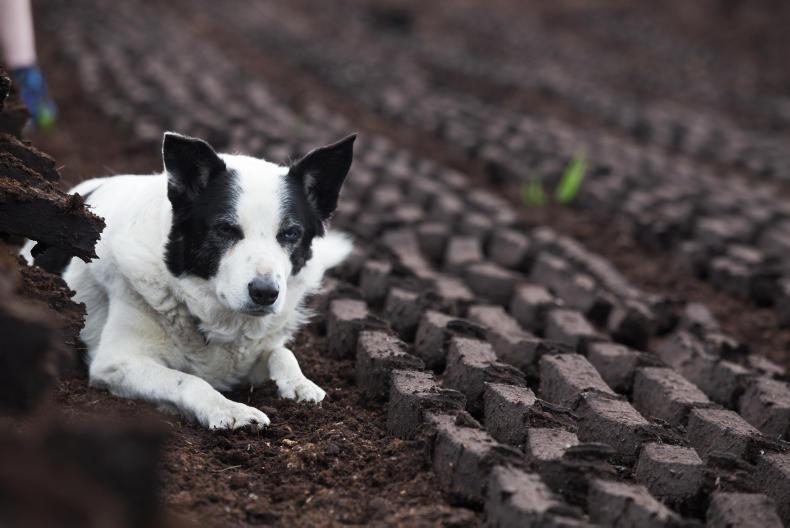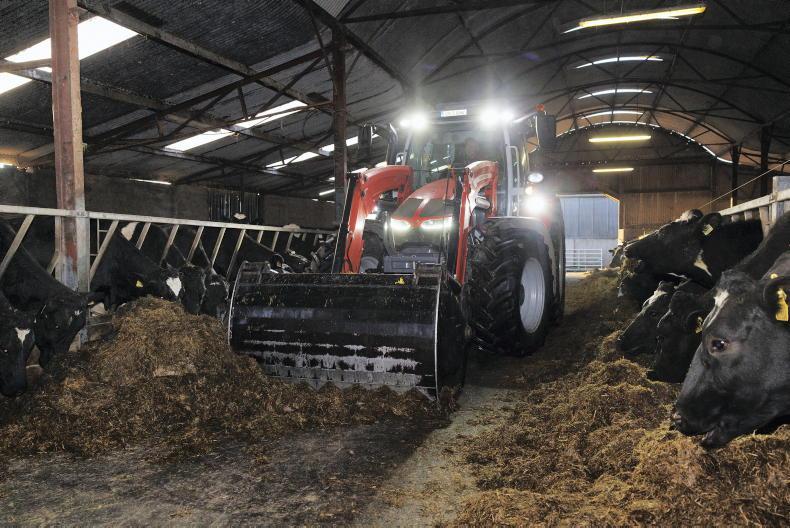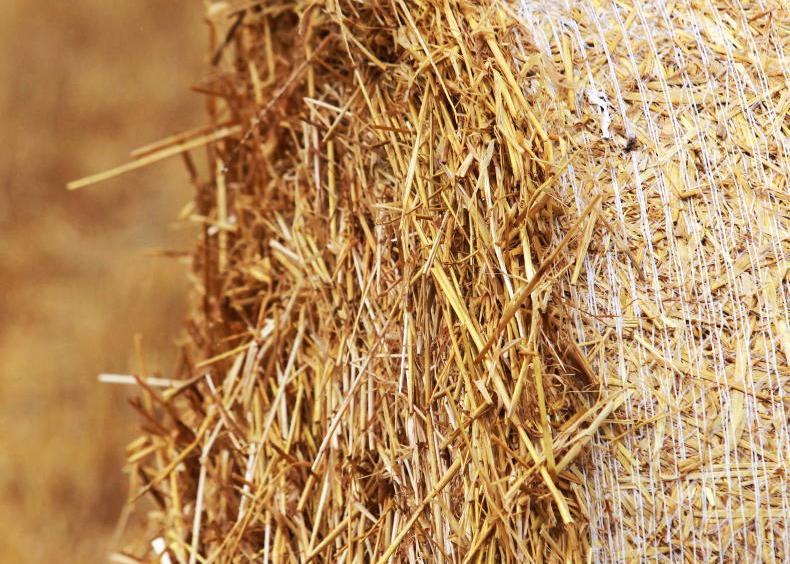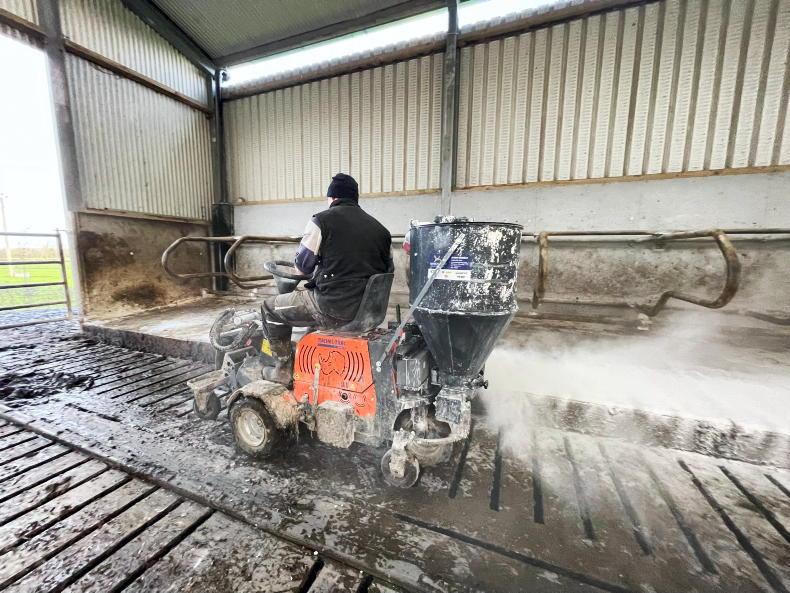Drained peatlands used for agriculture and peat extraction should be targeted for rewetting as part of a climate mitigation plan, according to a new report from the Environmental Protection Agency (EPA).
“Drained peatlands used for agriculture and peat extraction should be targeted for rewetting as a climate change mitigation strategy to prevent increased greenhouse gas emissions in the future,” the report, entitled “Vulnerability Assessment of Peatlands”, reads.
However, while the report insists that an immediate nationwide rewetting plan should be introduced, it sounds a note of caution when approaching the farming community on the issue.
Loss of subsidies, loss of income from livestock and silage sales and fragmentation of lands are all highlighted as potential for deterrents for farmers entering into rewetting projects.
Drained peatlands used for agriculture and peat extraction should be targeted
It takes into account that even if a farmer opts in to have their peatland rewetted, their neighbour may still wish to farm conventionally, which could lead to the provision of flood prevention as part of the rewetting project.
While loss of income would be a major factor for farmers, the report also points out that, given the environmental concerns, a Government subsidy could be introduced to replicate farm income from livestock farming.
It suggests that while farmland must be considered in a nationwide campaign, industrial and cutover bog should first be considered for rewetting.
Peat controversy
There has been some controversy over the use of peat as animal bedding this year, as demand has soared in the face of straw shortages.
The Irish Farmers Journal understands that Teagasc has decided not to promote peat as an alternative bedding source to farmers, given concerns over its carbon neutrality.
The report also highlighted that rewetting was a cost effective option for combating climate change, as rewetting even industrial or cutover bogs was valued at just under €4/t of carbon dioxide equivalent.
Read more
20% jump in turf-cutters receiving compensation
Avoiding fines: how to make sure your land is eligible for BPS
Drained peatlands used for agriculture and peat extraction should be targeted for rewetting as part of a climate mitigation plan, according to a new report from the Environmental Protection Agency (EPA).
“Drained peatlands used for agriculture and peat extraction should be targeted for rewetting as a climate change mitigation strategy to prevent increased greenhouse gas emissions in the future,” the report, entitled “Vulnerability Assessment of Peatlands”, reads.
However, while the report insists that an immediate nationwide rewetting plan should be introduced, it sounds a note of caution when approaching the farming community on the issue.
Loss of subsidies, loss of income from livestock and silage sales and fragmentation of lands are all highlighted as potential for deterrents for farmers entering into rewetting projects.
Drained peatlands used for agriculture and peat extraction should be targeted
It takes into account that even if a farmer opts in to have their peatland rewetted, their neighbour may still wish to farm conventionally, which could lead to the provision of flood prevention as part of the rewetting project.
While loss of income would be a major factor for farmers, the report also points out that, given the environmental concerns, a Government subsidy could be introduced to replicate farm income from livestock farming.
It suggests that while farmland must be considered in a nationwide campaign, industrial and cutover bog should first be considered for rewetting.
Peat controversy
There has been some controversy over the use of peat as animal bedding this year, as demand has soared in the face of straw shortages.
The Irish Farmers Journal understands that Teagasc has decided not to promote peat as an alternative bedding source to farmers, given concerns over its carbon neutrality.
The report also highlighted that rewetting was a cost effective option for combating climate change, as rewetting even industrial or cutover bogs was valued at just under €4/t of carbon dioxide equivalent.
Read more
20% jump in turf-cutters receiving compensation
Avoiding fines: how to make sure your land is eligible for BPS










SHARING OPTIONS